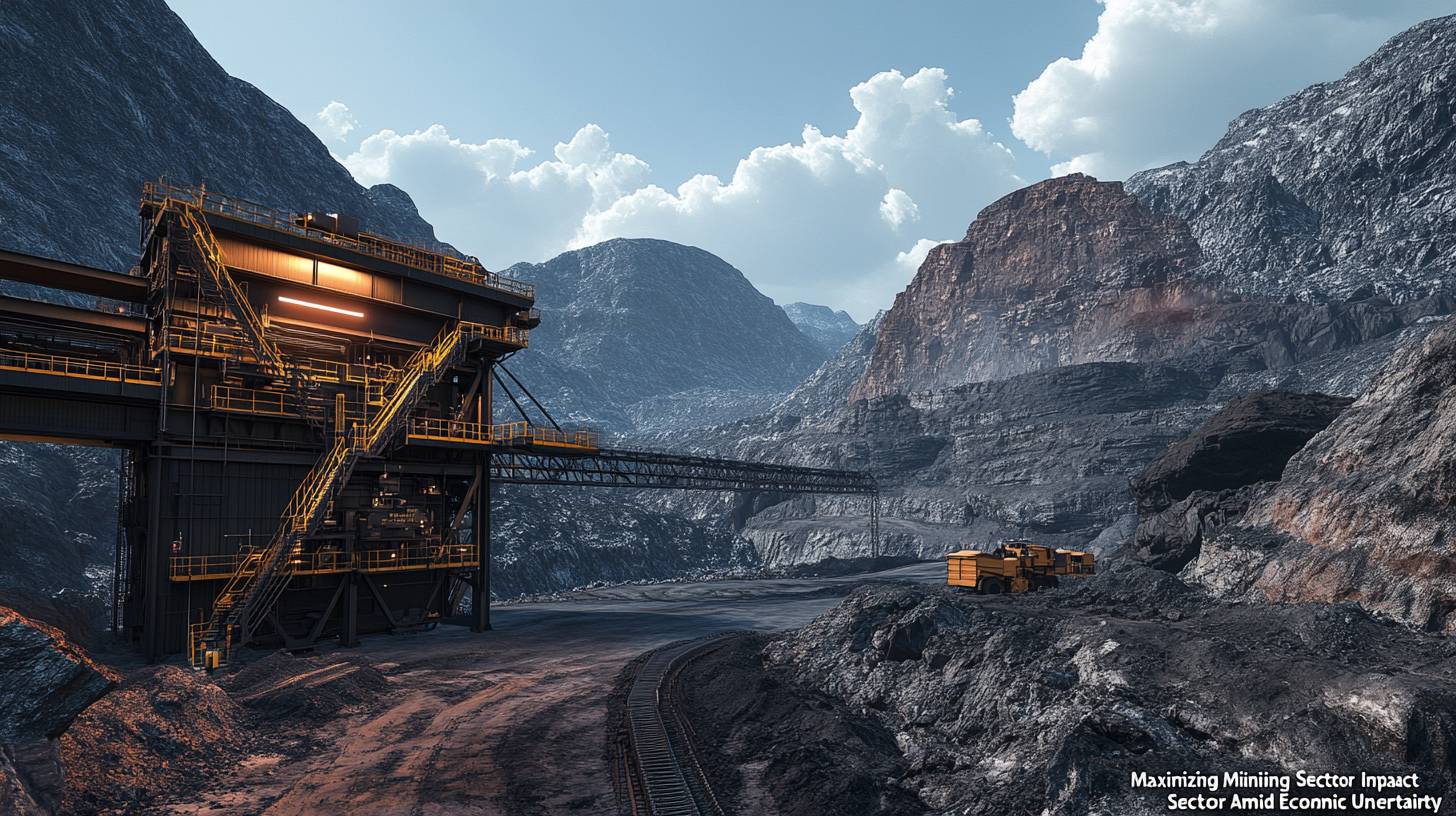
Impact of the mining sector on Australia’s budget surplus
For the second year in a row, Australia’s budget surplus can be primarily credited to the strong performance of the mining sector. This sector has been instrumental in fostering economic stability, generating considerable revenue through taxes, royalties, and export revenues. With persistent global demand for Australia’s natural resources, especially from vital trading partners like China and India, the sector continues to support the country’s financial health.
High prices for commodities, particularly iron ore, coal, and liquefied natural gas (LNG), have significantly enhanced government revenues. The mining sector’s ability to withstand global economic challenges has enabled Australia to sustain a surplus, despite hurdles such as inflation and increasing interest rates. This fiscal resilience has granted the government more leeway in managing public expenditure and responding to economic issues.
As the sector flourishes, it is essential for policymakers to acknowledge its impact and ensure that regulatory environments facilitate continued growth. The mining industry is pushing for policies that encourage investment in exploration, infrastructure, and innovation, which are vital for maintaining its long-term economic contribution.
Major mining commodities’ contributions
The primary mining commodities in Australia remain crucial to the nation’s export earnings, with iron ore, coal, and LNG at the forefront. Iron ore, in particular, stands out, with prices consistently high due to robust demand from China, which represents a large share of Australia’s exports. The ongoing need for steel production in China has kept iron ore prices strong, contributing billions to the country’s economy.
Coal, including both thermal and metallurgical types, is also essential. Even with global initiatives to shift toward cleaner energy sources, coal continues to be a significant export for Australia, especially to Asian markets. Thermal coal, used in electricity generation, and metallurgical coal, needed for steelmaking, have maintained steady demand, with prices remaining high due to supply restrictions and geopolitical tensions affecting other coal-producing areas.
LNG exports have also been a vital component, with Australia ranking among the largest exporters of this commodity worldwide. The global energy crisis, intensified by the conflict in Ukraine, has increased LNG demand, particularly in Europe and Asia, as nations look to diversify their energy supplies away from Russian gas. This has led to record volumes and prices in LNG exports, further enhancing Australia’s trade balance.
Additionally, other commodities such as gold, copper, and lithium are making notable contributions. Gold is viewed as a safe-haven asset, with its prices bolstered by global economic instability and inflationary challenges. Copper, essential for the renewable energy transition, has seen rising demand as countries increase their investments in green infrastructure. Lithium, crucial for battery manufacturing in electric vehicles, has experienced a surge in demand, positioning Australia as a significant player in the global transition towards decarbonisation.
These commodities not only generate direct economic advantages through export revenues but also support a diverse array of industries, from manufacturing to technology, thereby amplifying their influence on the wider economy. As the global demand for these resources continues to increase, Australia’s mining sector is well-equipped to take advantage of these trends, ensuring its persistent contribution to national economic prosperity.

